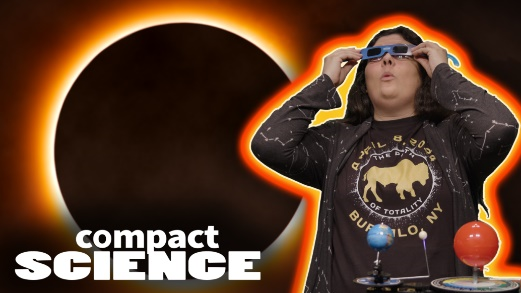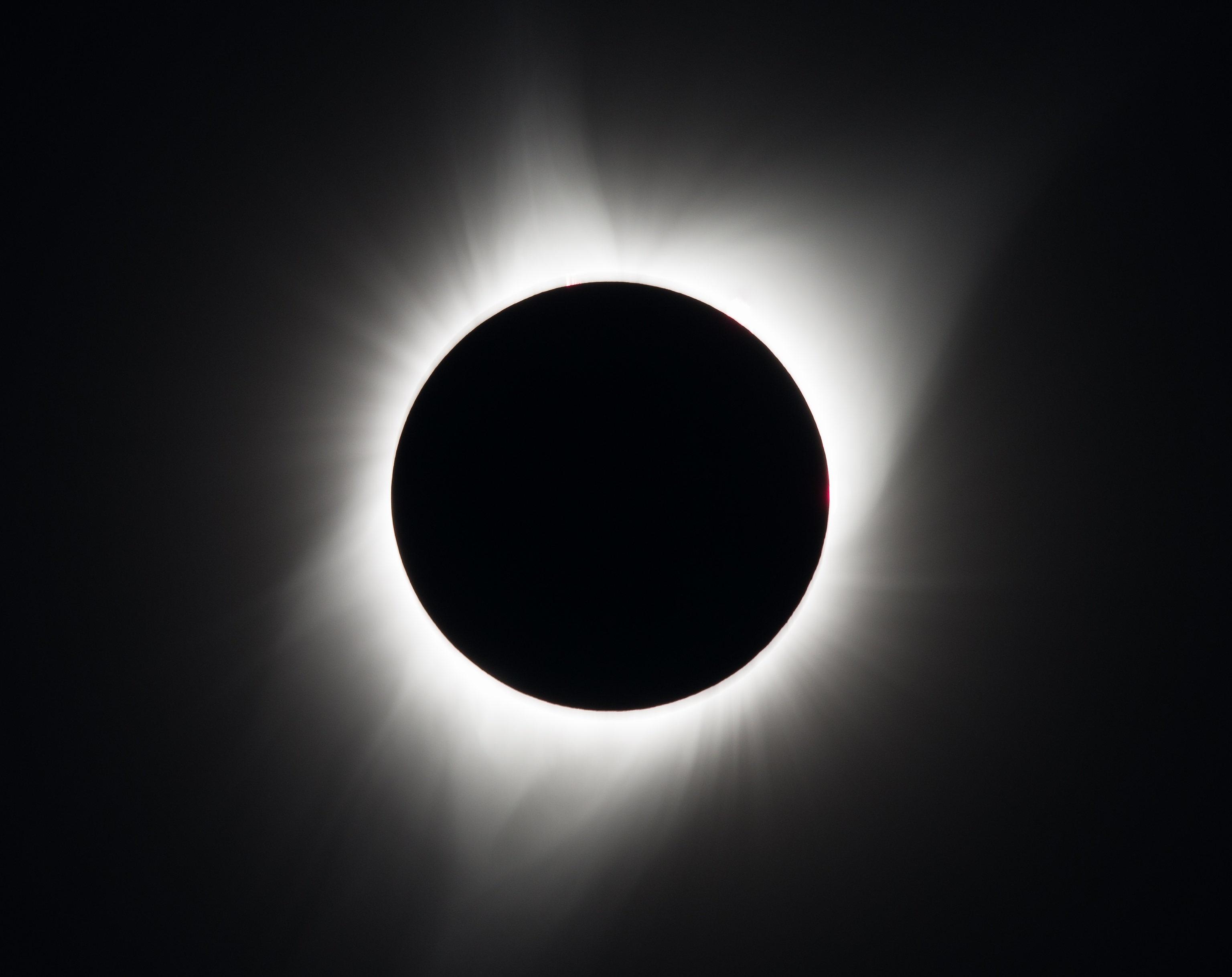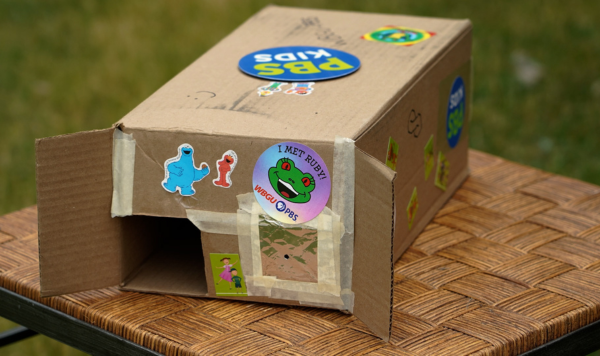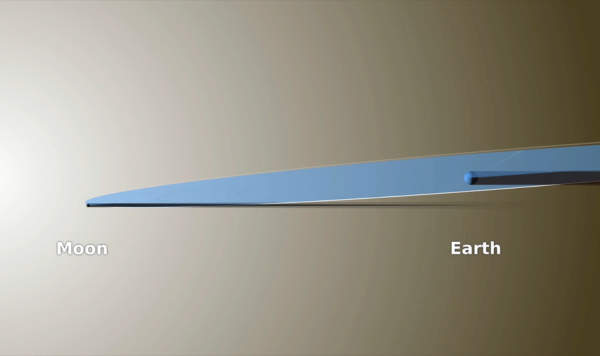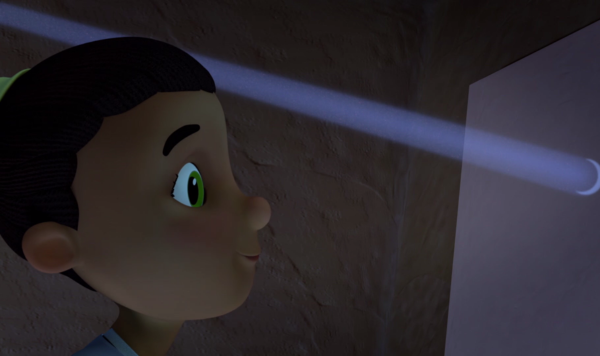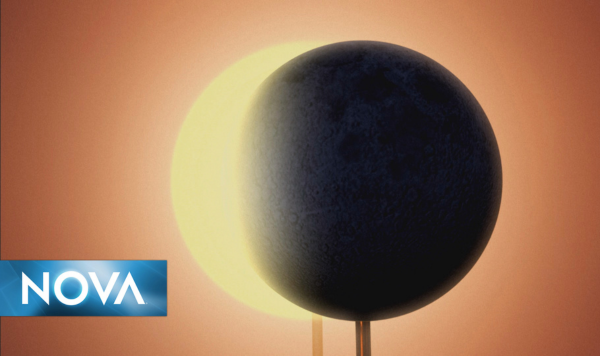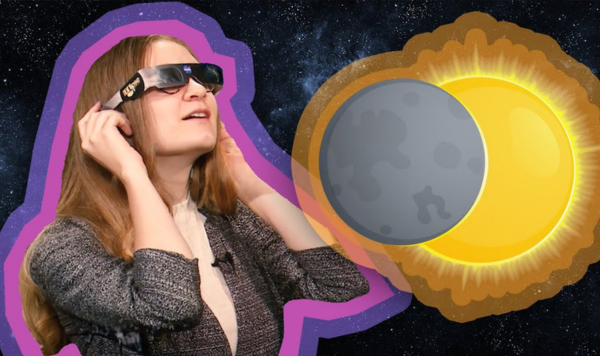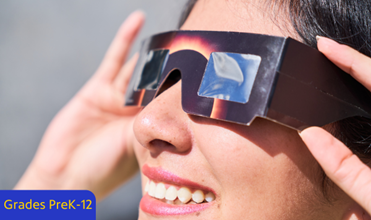During the April 8, 2024 total solar eclipse, the Moon's umbral shadow will fly across North America, from Mazatlán on the Pacific coast of Mexico to eastern Canada's island of Newfoundland, in a little less than two hours. The path of this shadow, the path of totality, is where observers will see the Moon completely cover the Sun for up to four and a half minutes.
Within the United States, the path touches 15 states: Texas, Oklahoma, Arkansas, Missouri, the extreme northwest corner of Tennessee, Illinois, far western Kentucky, Indiana, Ohio, the extreme southeast corner of Michigan, Pennsylvania, New York, Vermont, New Hampshire, and Maine.
In Buffalo, the Moon will begin to cover the Sun at 2:04pm. We will see more and more of the Sun covered by the Moon over the next 70 minutes. This time is called a partial phase because the Sun is partially covered by the Moon. You must wear eclipse glasses during this phase. Totality begins at approximately 3:15pm and lasts about 3 minutes 45 seconds for viewers on the centerline. The farther you are from the centerline, the shorter totality will last. After totality, the Moon gradually uncovers the Sun in a second partial phase. The eclipse ends for Buffalo viewers at about 4:30pm. Use this interactive map to find your exact times for the eclipse.
